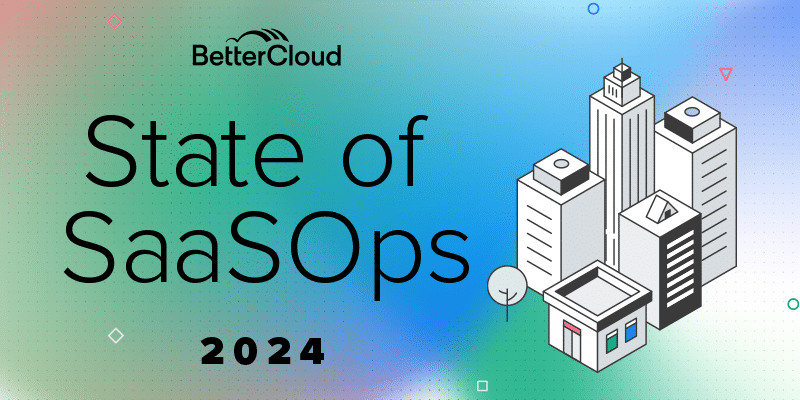Webinar recap: Turning SaaS sprawl into strategic savings
February 6, 2025
2 minute read

Last month, IT Brew’s webinar focused on an all too common issue – rising software costs colliding with sprawling tech stacks.
Moderated by IT Brew’s Reporter, Billy Hurley, and Siri Cosper this event included two key experts:
- David DiCamillo – Chief Technology Officer at Code and Theory
- Jesse Levin – Chief Executive Officer at BetterCloud
The talk included:
- The rise of SaaS and its challenges
- The complexities of identifying and eliminating redundant tools
- The risks of SaaS sprawl
Let’s dive into the key topics and takeaways.
The rise of SaaS and SaaS sprawl
Cheap pricing and user-friendly ordering systems make it incredibly easy for teams to acquire software, often without adequate IT oversight. As DiCamillo pointed out, this lack of control strains IT resources and hinders their ability to effectively support the organization’s software needs.
Consequently, maintaining accurate inventory records can be challenging, particularly when starting anew. While tools can assist, regardless of your current inventory situation, consistent effort is crucial for sustained inventory management success.
Key strategies for taming SaaS sprawl
With AI becoming more and more prominent, it’s even more important for IT to keep up with the ever evolving tech stack.
While specific tool requirements and support levels vary across organizations, key strategies for managing this evolving tech stack include:
- Proactive usage monitoring for cost optimization: Regularly analyzing application usage allows for identifying and eliminating redundant or underutilized tools. For instance, if new hires don’t request access to a particular tool, or if no new licenses have been acquired within a year, it may be an opportunity to discontinue that tool.
- Strategic assessment of feature overlap: As new features emerge constantly, overlap between applications is inevitable. When evaluating such situations, prioritize applications with the strongest vendor relationships and the greatest negotiation leverage.
- Understanding usage as an indicator of value: Low application usage doesn’t always necessitate discontinuation. It may instead signal a need for enhanced training or improved communication to demonstrate the tool’s value and encourage wider adoption.
The future of SaaS management
With continued stressors like security and cost optimization, the future of SaaS management relies on integrating both user and spend management. To truly keep up with the everyday IT tasks at scale, automation is the only way to get it done.
Levin shared organizations that gain a holistic view of their SaaS landscape are more likely to succeed.
Key takeaways
SaaS sprawl is a significant challenge for businesses of all sizes.
Proactive management is essential to control costs, mitigate security risks, and optimize software investments.
By implementing a combination of strategies, organizations can effectively tame SaaS sprawl and unlock significant cost savings and operational efficiencies.






